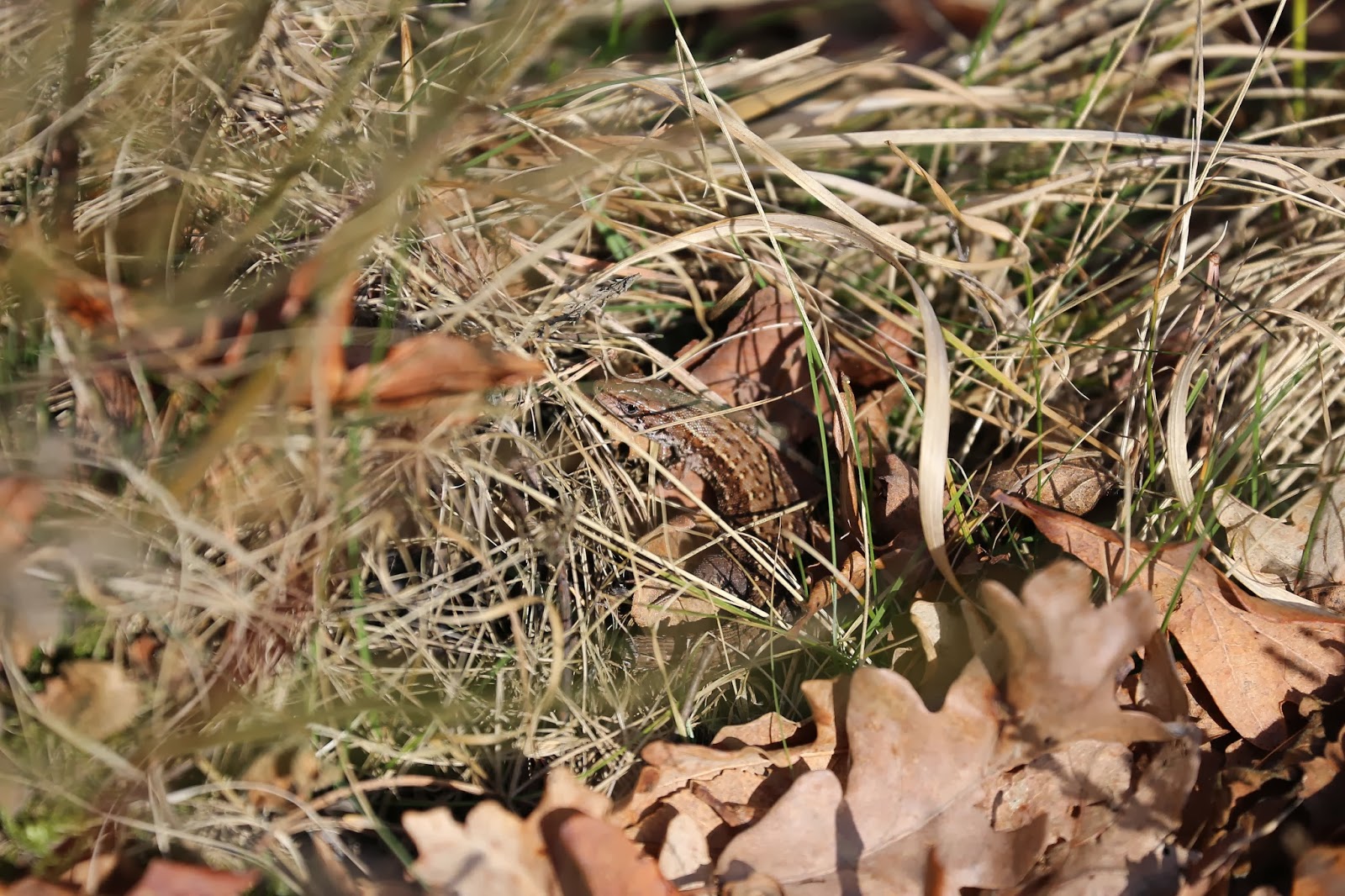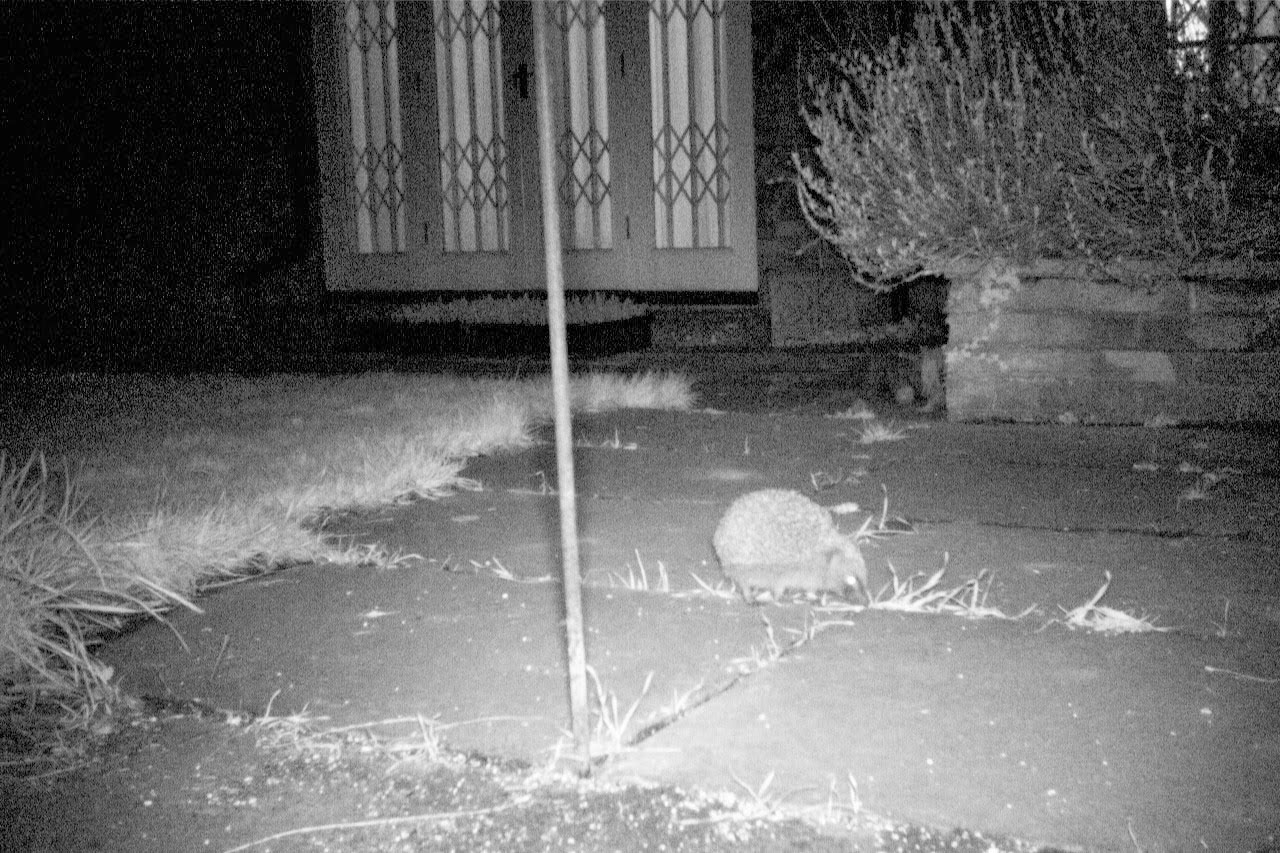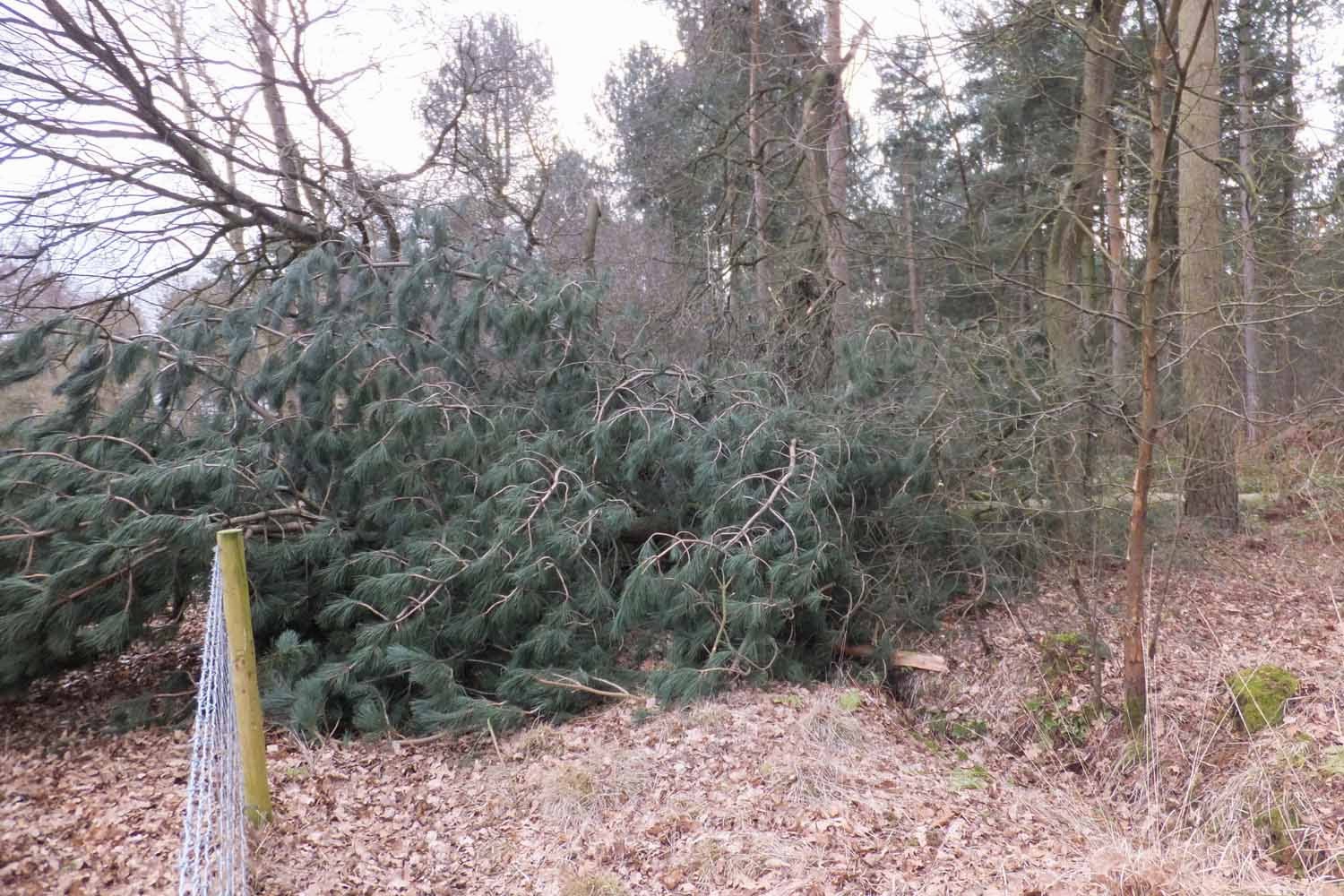Otters and Hedgehogs
Thankfully, last weekend’s cold spell was just a temporary blip and spring is now definitely back on track. We’ve had some very heavy rain this week, so I had to retrieve my otter camera and will try yet again next week. At least two otters regularly travel up and down that stretch of river, using the tracks I’m monitoring to visit a pond and bypass a loop in the river. The otters travel at speed – they don’t pose for the camera. If the camera is set to take several pictures at one second intervals, it will only get one shot of the otter before it’s gone. My garden hedgehog has been out again for the last three nights. It hoovers up some dried mealworms on the patio, then heads across the lawn to the ground feeder in the centre for some bird seed. It evidently prefers this to the earthworms and slugs which are on the lawn in large numbers on a damp evening. Camera shy hedgehog wanders off Hedgehog on the bird feeder


